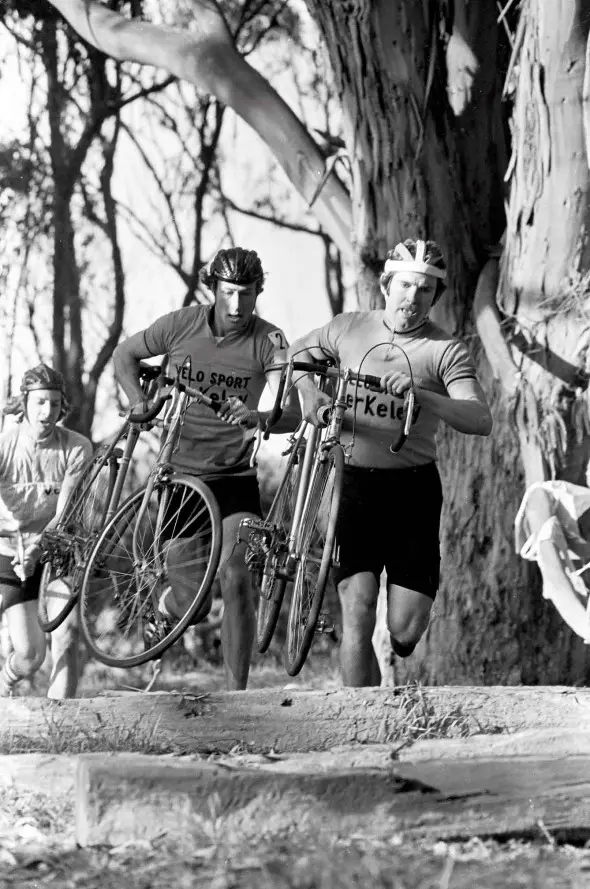With Nationals over and Worlds looming, cyclocross courses are on everyone’s minds. We wanted to offer our readers a sneak peek at what’s between the pages of our latest issue of Cyclocross Magazine, Issue 19, and in this piece, Dan Werle does an in-depth look at the evolution of cyclocross courses. Check this one out, and to find out what the courses have evolved to today, make sure you’re subscribed for Issue 20, which will have part II of the article as well as a piece on the evolution of the Worlds course in Louisville.
Ever wondered how ’cross courses have evolved over time? What those first days were like for the pioneers of our sport? So have we, so we sent our intrepid historian, Dan Werle, on a mission to bring us an account of the mud, barriers, and sand bars that we call home. In part one of this two-part history, Dan traces our ’cross roots to a small field in France, and takes us through course evolution in the century that followed.
Recently, at the 2012 Superprestige Zonhoven in Belgium, Kevin Pauwels was in hot pursuit of a flying Niels Albert, with Sven Nys right on his heels. Zonhoven is a Belgian Classic—a monster of a course that tests not only riders’ strengths with large sections of deep, wheel-sucking sand, but also their guts as that sand waterfalls down a long, steep white-knuckle hill. Tom Meeusen had already become victim to the descent a lap previous—painfully bruising a rib in the process—and now Pauwels, clearly on form, careened down the deep ruts, his body laid back behind his saddle, his front wheel desperately seeking a line to safety. Then—his front wheel popped out of a rut, his rear wheel skidded sideways, as Pauwels fought to stay upright, and then…gone.
Pauwels’ front wheel caught as surely as if a hand had reached up through the sand and clenched around the wheel. The Belgian faceplanted, hard, as his bike somersaulted through the air. It took long moments for him to get up, to readjust the front end of his bike, and to get back into the race. His chance at the win was gone.
Cyclocross, of course, has a host of inherent risks, but the perils of Zonhoven remind us that it is the rare course nowadays that is so dangerous that the average rider can expect to eat dirt on his practice runs, and the wrong line can not only cost a pro the podium, but send him packing to the hospital to boot. Zonhoven is one of just a handful of ‘classic’ courses that reward technical finesse and raw guts over tactics and power—most courses today are wider, smoother, and faster than their ancestors. Sure, even in the U.S. there’s the rare heart-stopper, like the 2011 Single Speed Cyclocross World Championships in San Francisco, which featured a guillotine of a low hanging bridge and an excessive amount of water to wade through; many also have white-knuckled their way down Mt. Krumpet at Jingle Cross—but most would hesitate to call such features common today.
When did this transformation happen, and why? How did our sport go from sledging through mud-caked, open fields and bombing down perilous, pant-crapping descents to flying along today’s better-groomed, faster courses? For insight, I dug into the history books and spoke with several great race organizers, course designers, coaches, commissaires, and athletes. The story begins at the birth of cyclocross, in an abandoned field, deep in the heart of France.
Like what you read so far? To see the rest of the article in Issue 19 of our print mag, make sure you’re subscribed to Cyclocross Magazine (subscribe digitally to receive Issue 19, or order it in the archive section of our subscription page).
Check our Issue 19 page for the full Table of Contents to see what else is in store, and stay tuned for more sneak peeks!





























